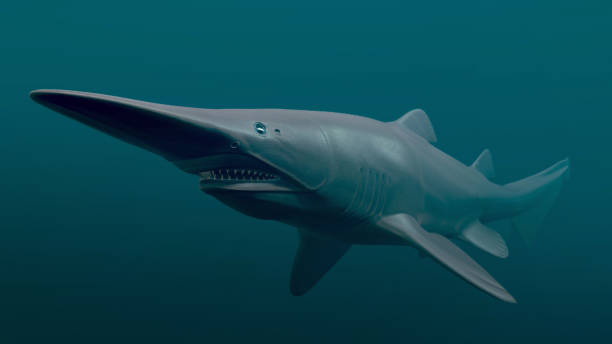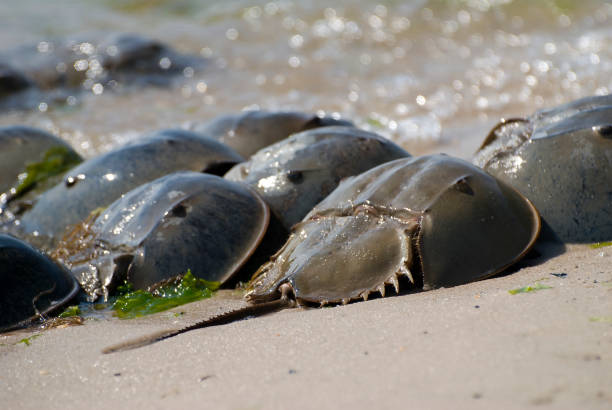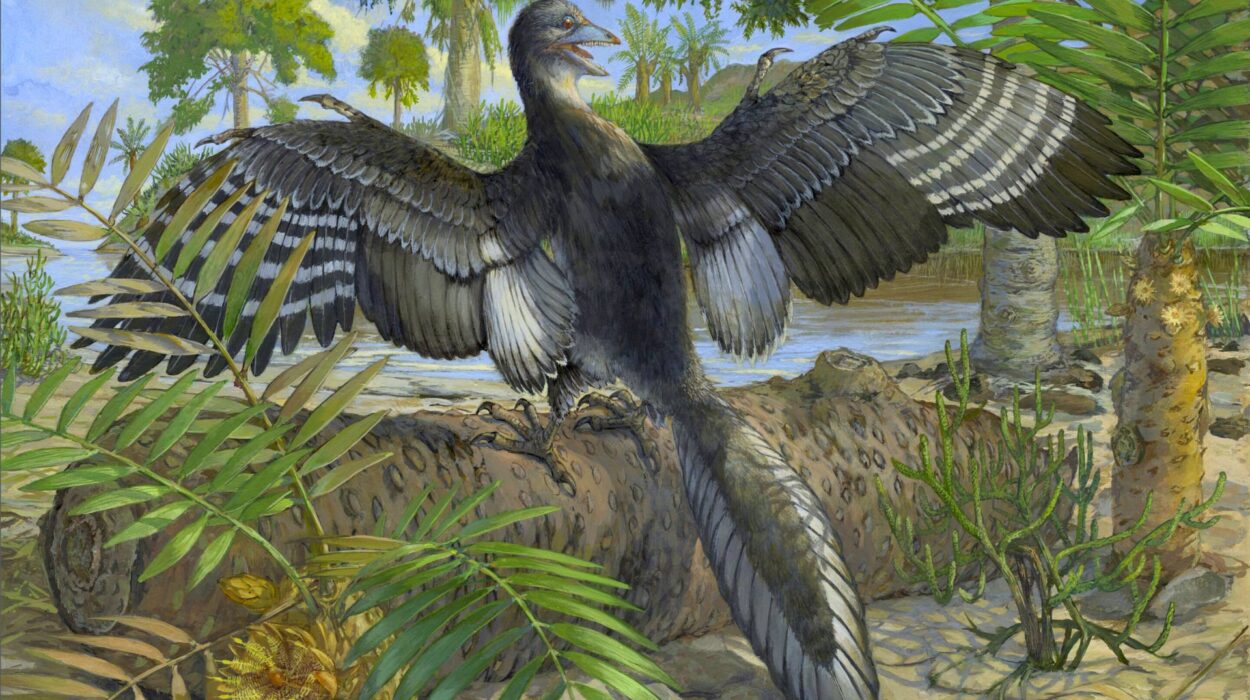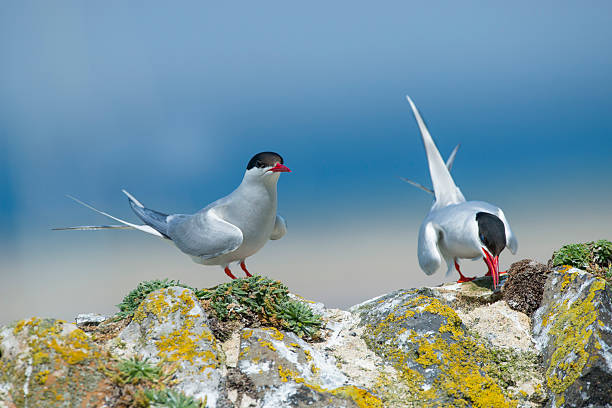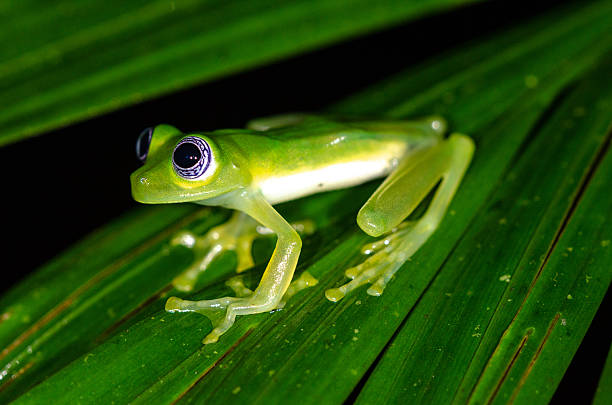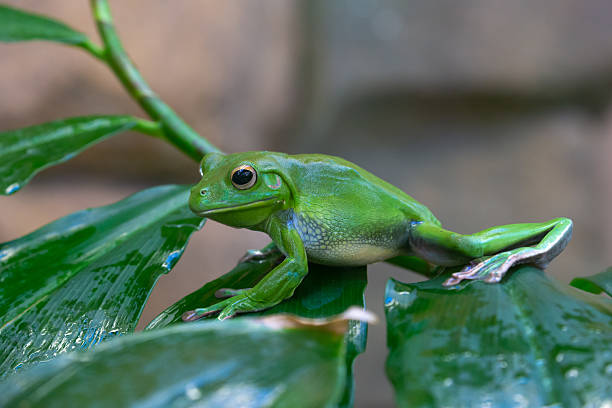When we think of sharks, the mind immediately conjures images of the great white slicing through the surf, or the hammerhead with its unmistakable alien gaze. But the ocean is vast—so vast, in fact, that we’ve explored less than five percent of it. Beneath its shadowed surface dwell creatures stranger, rarer, and more ancient than almost anything we know.
Sharks have been ruling the seas for over 400 million years, surviving multiple mass extinctions that wiped out nearly all other life. Yet many of their most remarkable relatives remain invisible to the public eye—hidden in the abyss, along continental shelves, or beneath icy polar waters.
What follows is not a list of monsters, but a love letter to evolution’s most elegant engineers. These are the secret sharks—species that rarely make the headlines but tell stories of resilience, adaptation, and wonder.
1. The Goblin Shark – The Ghost of the Deep
Meet the Goblin Shark, a creature so otherworldly that it looks like a fossil brought back to life. Known scientifically as Mitsukurina owstoni, this rare shark is often called a “living fossil,” a title it’s earned for having remained virtually unchanged for over 125 million years.
The Goblin Shark’s most haunting feature is its jaw—an elastic, protrusible trap that shoots forward like a spring-loaded weapon. When prey approaches, the shark thrusts its jaw outward in a lightning-fast snap, seizing fish and squid before they can react. This mechanism, captured on deep-sea cameras, remains one of nature’s most impressive predatory adaptations.
They live in darkness, typically 100 to 1,200 meters below the surface, though they’ve been found as deep as 1,300 meters. Their translucent, pinkish skin allows faint glimpses of blood vessels beneath, making them appear ghostly in the abyssal gloom.
Despite their frightening appearance, Goblin Sharks are slow-moving and gentle by shark standards. They drift in the deep like specters, reminders that evolution’s strangest works often lie hidden in the depths where sunlight never touches.
2. The Frilled Shark – The Serpent of the Sea
Imagine a creature so primitive that it seems like it swam straight out of prehistory. The Frilled Shark (Chlamydoselachus anguineus) is that creature—a serpentine predator whose ancestry dates back to the age of the dinosaurs.
Its long, eel-like body undulates through the water with an eerie grace, and its mouth is lined with 300 trident-shaped teeth arranged in 25 rows. Those teeth, backward-facing and razor-sharp, are designed to snare slippery prey like squid and fish that venture too close.
Named for the six pairs of frilly gill slits that line its throat, the Frilled Shark lives in deep waters between 500 and 1,500 meters. It rarely encounters humans, and when it does, it’s usually by accident—captured in deep-sea fishing nets or found washed up, looking like a creature from myth.
This shark’s slow reproductive cycle, with gestation lasting up to 3.5 years, is one of the longest known in the animal kingdom. Its survival depends entirely on the stability of its cold, quiet world. The Frilled Shark is both a marvel and a warning—a living memory of Earth’s past, fragile in the face of modern change.
3. The Cookiecutter Shark – The Ocean’s Smallest Vampire
It might sound cute, but the Cookiecutter Shark (Isistius brasiliensis) is one of the most terrifying hunters pound-for-pound in the sea. Barely 20 inches long, it’s named for the perfectly round wounds it leaves on the flesh of much larger animals—whales, dolphins, tuna, even submarines.
Yes, submarines.
Cookiecutter Sharks use their specialized suction-cup lips to latch onto their prey. Then, with a twisting motion and a set of saw-like lower teeth, they gouge out neat, circular plugs of flesh—like a cookie-cutter pressed into dough. These sharks feed mostly at night, rising from deep waters to ambush unsuspecting creatures that drift near the surface.
Their undersides glow with bioluminescence, except for a dark patch near the throat that acts as a “lure,” mimicking the silhouette of a smaller fish. When a predator approaches to strike, the Cookiecutter attacks instead, turning predator into victim.
It’s a strategy as cunning as it is gruesome—a miniature masterpiece of deep-sea deception.
4. The Megamouth Shark – The Gentle Giant Nobody Knew Existed
Discovered only in 1976, the Megamouth Shark (Megachasma pelagios) is one of the rarest large shark species on Earth. Its discovery shocked scientists—how could a 16-foot shark have remained hidden for so long?
With its enormous, bulbous head and vast, glowing mouth, this shark looks like a creature from a dream. But it’s no predator. Instead, the Megamouth is a filter-feeder, gliding slowly through the ocean with its mouth wide open to capture tiny plankton and jellyfish.
The inner lining of its mouth glows faintly, possibly to attract prey in the dark waters it calls home. It’s a peaceful wanderer, often mistaken for a drifting shadow in the twilight zone between 500 and 1,000 meters deep.
Fewer than 100 individuals have ever been documented. Every new sighting brings excitement to marine biologists, for the Megamouth remains one of the ocean’s great enigmas—a reminder that our planet’s mysteries are far from solved.
5. The Wobbegong – The Carpet Shark of Camouflage
If the Goblin Shark is a ghost, the Wobbegong is an illusionist. Found in the shallow reefs of Australia and Indonesia, these flat-bodied sharks blend so perfectly into the ocean floor that they can vanish before your eyes.
Their name comes from an Aboriginal word meaning “shaggy beard,” referring to the fleshy lobes that fringe their mouths. These appendages act as camouflage, breaking up their outline and attracting curious fish that mistake them for harmless coral.
The moment a prey fish swims too close, the Wobbegong strikes with lightning speed. Its bite is instantaneous, powerful, and almost impossible to break free from.
Though they may look lazy, Wobbegongs are master hunters. They remain motionless for hours, conserving energy, waiting for opportunity. Their patterns—swirls of browns, greens, and golds—are among the most beautiful in the shark world, resembling intricate carpets woven by nature herself.
Their existence is a reminder that not all sharks roam the open sea—some find their power in stillness and disguise.
6. The Thresher Shark – The Whip-Tailed Hunter
Few creatures move through water with such poetry as the Thresher Shark (Alopias vulpinus). With its long, scythe-like tail—sometimes equal to the length of its body—it strikes with grace and precision.
Thresher Sharks use their tails not just for swimming but as weapons. In a burst of speed, they whip their tail across a school of fish, stunning or killing multiple prey in a single strike. It’s an extraordinary hunting technique, perfected over millions of years.
They are sleek, fast, and intelligent hunters, capable of breaching clear out of the water. Their large, dark eyes hint at their deep-water lifestyle, often dwelling hundreds of meters below the surface.
Unlike many sharks, Threshers are shy and pose no threat to humans. Divers who encounter them describe an aura of serenity, a quiet intelligence behind those eyes. In the world’s vast blue theaters, they are the dancers—graceful, elusive, and utterly mesmerizing.
7. The Greenland Shark – The Timeless Wanderer
Deep beneath the Arctic ice drifts the slowest, oldest shark on Earth: the Greenland Shark (Somniosus microcephalus). Some individuals are estimated to be over 400 years old, making them the longest-lived vertebrates known to science.
Moving at a glacial pace—barely 1.5 miles per hour—the Greenland Shark’s heartbeat may pulse just once every 10 seconds. Its slow metabolism allows it to survive in freezing waters where few others can.
They feed on almost anything they can find, from fish and seals to the occasional reindeer carcass that drifts out to sea. Their flesh is toxic when fresh, filled with high levels of trimethylamine oxide, but once fermented, it becomes a delicacy in Iceland known as hákarl.
These sharks carry the weight of centuries. When one swims through the Arctic depths, it may pass through the same waters its ancestors did before America was even founded. To look into the eye of a Greenland Shark is to gaze into history itself.
8. The Horn Shark – The Small But Mighty Architect
In the kelp forests of California and Mexico, the Horn Shark (Heterodontus francisci) hides among the rocks like a patient guardian of the reef. Though it rarely grows longer than four feet, it’s a creature of remarkable character and design.
Named for the sharp spines in front of its dorsal fins, the Horn Shark uses those spikes for defense against predators. But its real strength lies in its adaptability. With blunt, molar-like teeth, it crushes hard-shelled prey like crabs, sea urchins, and mollusks.
Perhaps its most fascinating trait is its spiral-shaped egg case—nicknamed the “mermaid’s screw.” Female Horn Sharks wedge these corkscrew eggs into rocky crevices to protect them from currents and predators. Each egg is a tiny miracle of engineering, sheltering life for up to a year before hatching.
The Horn Shark may not be a giant, but its story is one of quiet genius—proof that evolution’s greatest designs often come in small packages.
9. The Sawshark – The Blade of the Abyss
If nature ever designed a weapon, it would look like the Sawshark. With a long, flattened snout lined with sharp teeth, this species seems part shark, part sword. But its “saw” isn’t for slicing—it’s for sensing and stunning.
Running along the snout are thousands of electroreceptors that detect the faint electric pulses of prey buried in sand. Once located, the Sawshark swings its rostrum like a sword, slashing through schools of fish or uncovering hidden crustaceans.
Though it looks fearsome, it rarely exceeds five feet in length and is harmless to humans. Found in temperate waters around Japan, Australia, and South Africa, it’s one of the ocean’s most fascinating hunters—an evolutionary masterpiece that turns precision into survival.
The Sawshark is sometimes confused with its cousin, the Sawfish, but they’re entirely different. Sawfish are rays, while Sawsharks are true sharks with gills on the sides of their heads and whisker-like barbels near their snouts.
In every sense, the Sawshark is a living weapon forged by time and refined by necessity.
10. The Ninja Lanternshark – The Shadow Hunter
It sounds like a comic book character, but the Ninja Lanternshark (Etmopterus benchleyi) is very real—and very extraordinary.
Discovered only in 2015 off the coast of Central America, this small, sleek shark gets its name from its dark coloration and stealthy habits. Measuring barely 20 inches long, it lives in deep waters more than 900 meters below the surface, where sunlight fades to eternal night.
What makes it truly fascinating is its glow. The Ninja Lanternshark emits bioluminescent light from tiny photophores along its body, allowing it to disappear into the faint background light of the ocean—a technique called counterillumination. By glowing subtly, it erases its shadow, becoming invisible to predators and prey alike.
It’s an elegant deception: the art of survival through invisibility. The species’ name honors author Peter Benchley, who wrote Jaws but later became a champion for shark conservation.
The Ninja Lanternshark is a symbol of how much we still don’t know about the deep. For every shark we’ve named, there are likely dozens yet to be discovered, gliding silently in the dark.
The Hidden Depths of Shark Diversity
These ten sharks are not just curiosities—they’re ambassadors of an ancient lineage that continues to evolve in every corner of the sea. From polar darkness to coral reefs, sharks have adapted to nearly every marine environment imaginable.
And yet, they face immense challenges. Overfishing, habitat loss, and climate change threaten even the most resilient species. Many of the sharks described here live at depths rarely touched by humans, but even those distant realms are now feeling the impact of our actions.
To protect sharks is to protect the ocean itself. They are not villains or mindless predators—they are the architects of balance, keeping ecosystems healthy and diverse. Without them, the ocean’s harmony would falter.
The Final Current
The world beneath the waves is still full of secrets. For every Great White that captures our imagination, there are dozens of hidden marvels swimming in silence, their stories waiting to be told.
The next time you stand on the shore and gaze into the sea, remember this: somewhere out there, a Goblin Shark glides through eternal darkness, a Greenland Shark dreams beneath the ice, and a Ninja Lanternshark glows softly like a living star.
They remind us that mystery still thrives on our blue planet—that evolution is not done speaking, and that wonder is never far from the depths.
